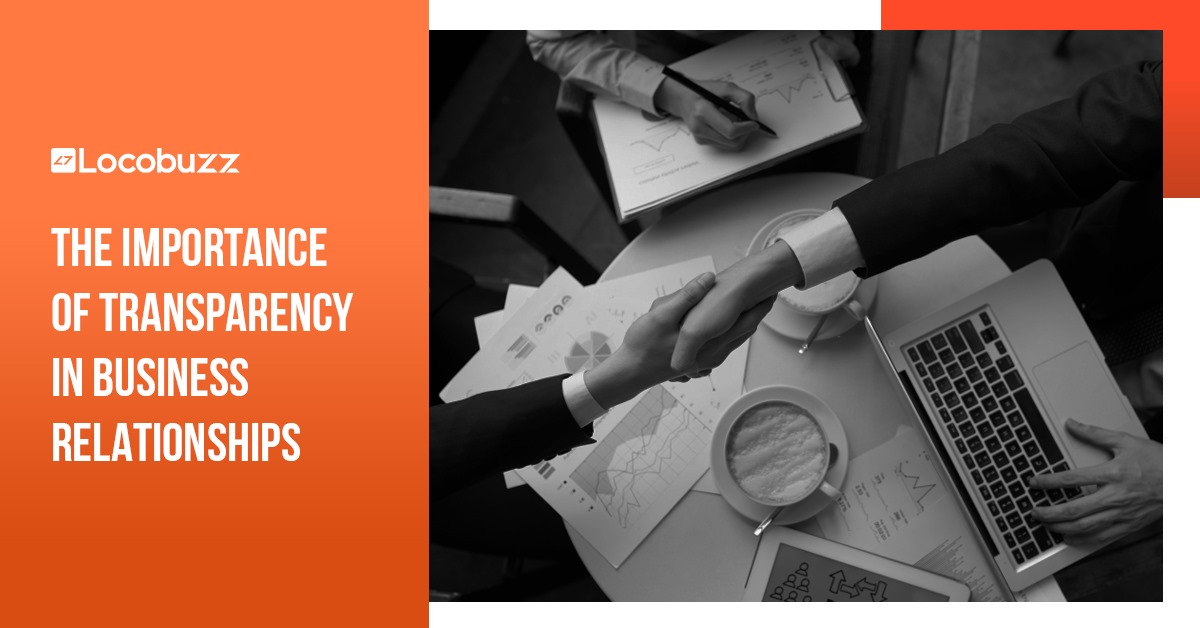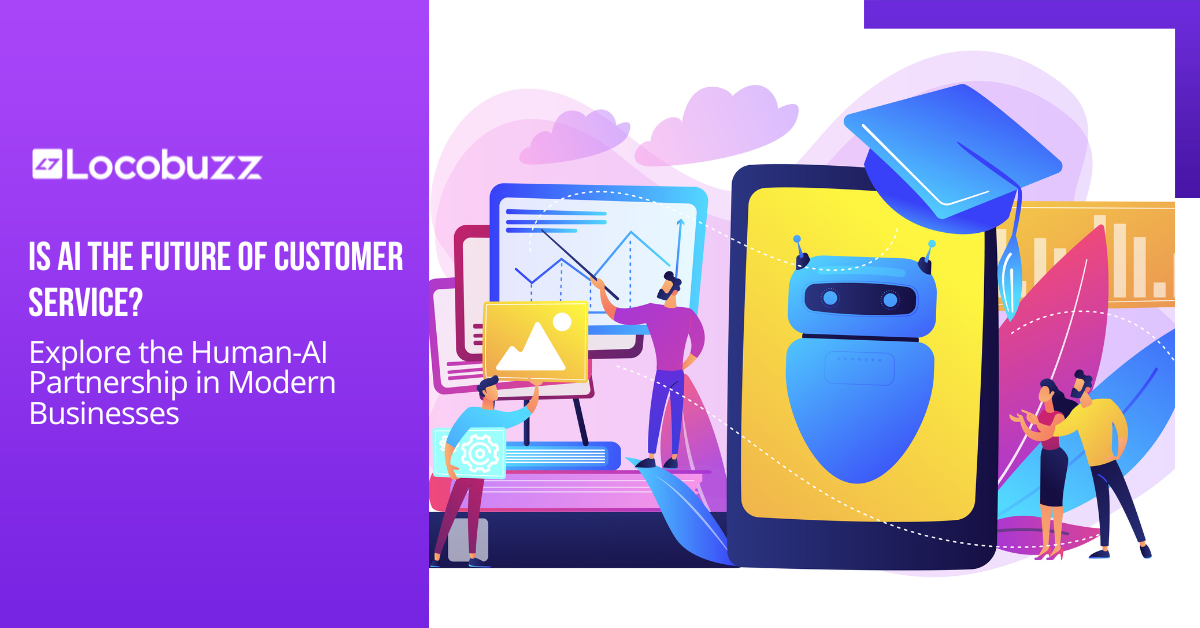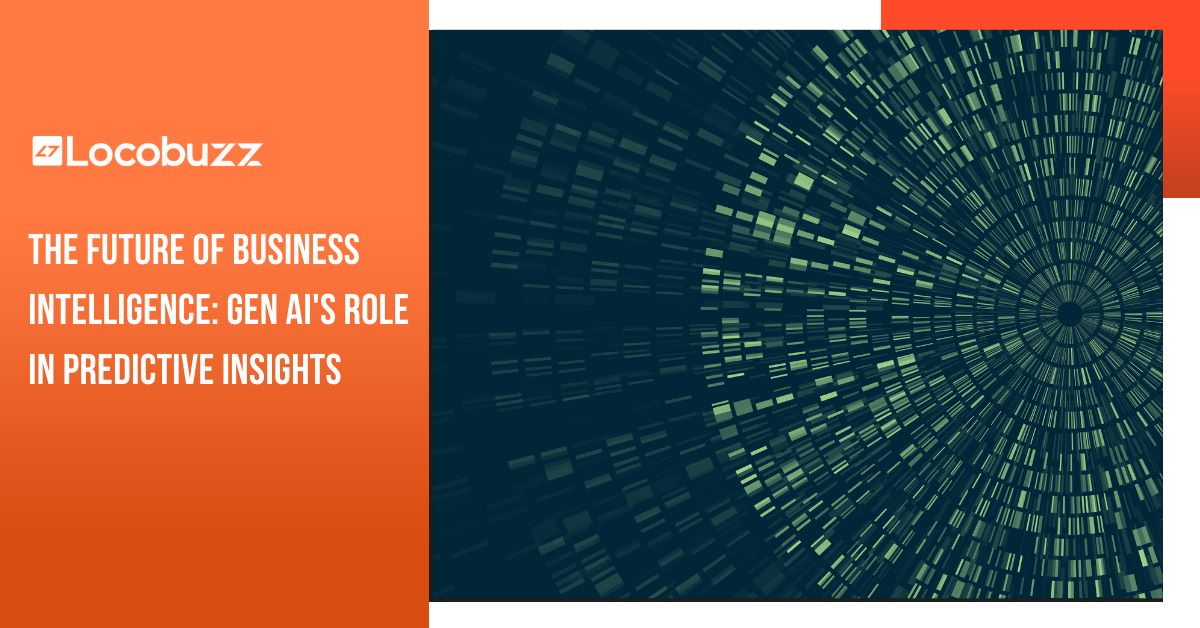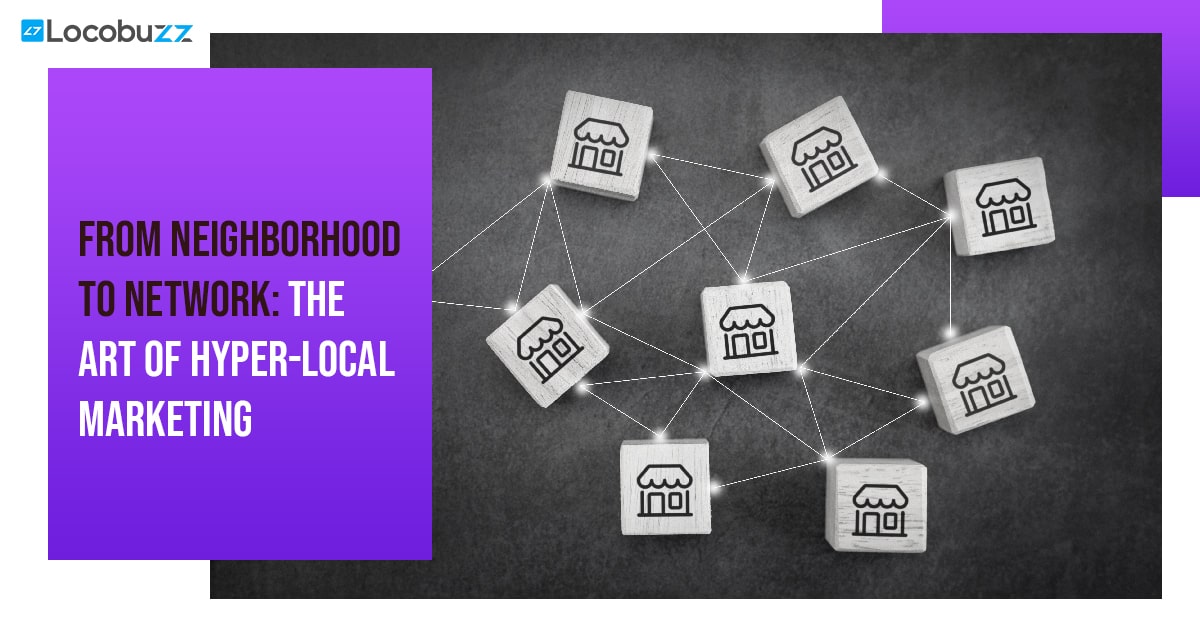Managing customer data is nothing new
For decades, people have been looking for the right tool, from handwritten filing cards and massive independent mainframes to modern platform alternatives. Customer Data Platforms (CDP) have emerged as a game-changing tool for enabling and speeding up organizational digital transformation. If done effectively, it has the potential to be the hub of your organizations whole marketing technology platform.
This article will assist your business in selecting the best CDP to ensure results and increase the profits.
Table of Contents
What is Customer Data?
Customer data is the information that customers provide to businesses in order to purchase or need service. It can be in the form of personal information like addresses, dates of birth, and phone numbers, or it can be more aggregate data like customer reviews or traffic reports.
The use cases for customer data vary depending on the business you’re working for. For example, if you run an online store, you could use customer data to improve your website design or to track customer buying patterns. If you’re an accounting firm, you could use customer data to better understand your client base and their spending habits. And if you’re an online marketer, you could use customer data to measure your progress against goals set for yourself by your marketing team.
Understanding what a customer data platform does
What is customer data platform (cdp)?
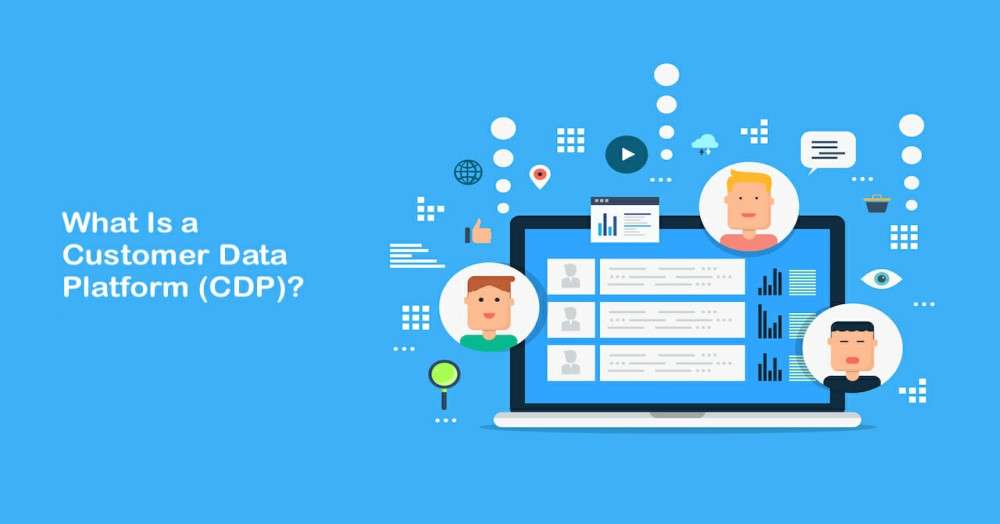
A Customer Data Platform (CDP) is a software that gathers and organizes customer data across a variety of sources and makes it available to other applications, systems, and marketing campaigns. CDPs take real-time data and organize it into individual, centralized consumer profiles.
The customer data that CDPs collect and organize are of four types.
- Identity Data: It builts the foundation of customers profile by collecting data such as their name, contact, location & demographics.
- Descriptive Data: It provides a more complete view of the customers career, lifestyle, family & hobbies.
- Quantitative or Behavioural Data: It allows businesses to understand how the customers have interacted with them, either through email communication, transactions or online activities
- Qualitative Data: It gives customer data personality. This type of information gathers any motivations, opinions, or attitudes expressed by a company’s customers.
Benefits of customer data platform (cdp)
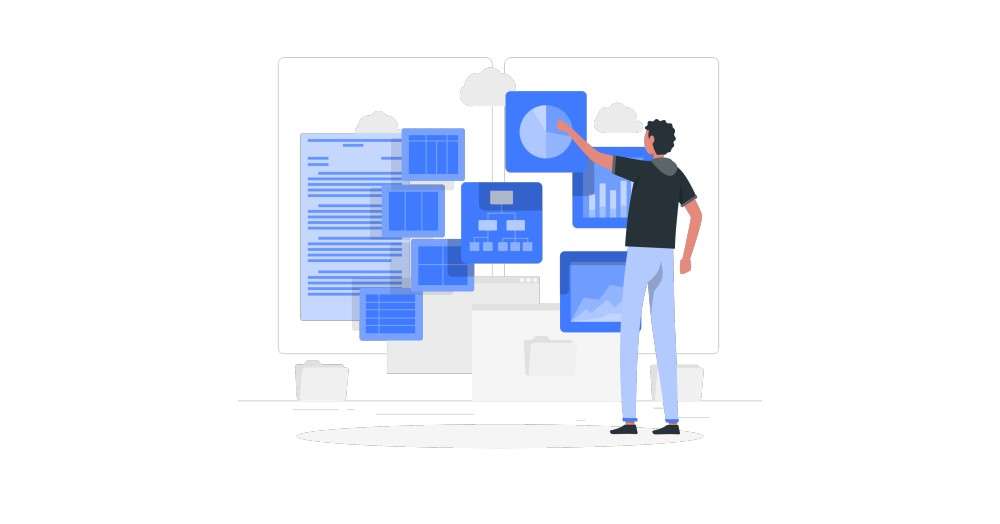
CDPs help your organization run more smoothly, increase customer interactions, and supplement your existing technology and marketing activities. Here are a few key benefits of having a CDP.
CDPs collect publicly available data directly shared by customers –The primary goal of CDPs is to collect first-party data via images and other tracking techniques. As a result, you can be rest assured that your CDP always represents the most accurate audience data.
CDPs help you to get to know your customers –It enables you to manage the customer relationships and market with the audience in mind, accurately and effectively.
CDPs Unify Cross-Channel Marketing Efforts – They also gather and organize new data that can be used to influence upcoming marketing efforts.
CDPs help in campaign optimization and long term learnings –By implementing a customer data platform, marketers can see the efficiency and outcome of the campaign they want to analyze. Marketers can improve their subsequent efforts to promote a product or service by thoroughly understanding the previous ones.
CDPs help in increasing revenue – An effective CDP helps you to improve your revenue, by facilitating delivery of focused, tailored information and offers to the customers. Finally, it can increase the ROI of your marketing investment because better data leads to better decisions.
CDPs help in cost saving – A central view of customer data saves analysts a lot of time in gathering and cleansing of the data. Since the data is mainly persistent in the customer data management platform and not in the app, you might reduce costs by having a single point of contact for each customer.
Types of CDP
Gartner has stated there are four types of CDP:
- Marketing Cloud CDP
- Smart Hub CDP
- Marketing Data and CDP Integration
- Engines and Toolkit CDP
These categories can help determine which type of CDP is best for your organization. In fact, you may already be using a CDP but aren’t aware of it.
Marketing Cloud CDP –Marketing teams and organizations that already use well-known marketing CRM, ESP tools and SAP, Adobe, Salesforce, Microsoft, or Oracle, a marketing cloud CDP may be the best bet.
Marketing cloud CDPs are the newest CDPs and are available from well-known cloud providers. These platforms are great at capturing data and allow organizations to work off of a single database. If you’re already using one of these tools for data collection and business management, it may be best to reach out to your rep to learn more about their offerings.
Smart Hub CDP –Organizations require a simple and easy-to-use interface but do not involve as much deep or technical CDP functionality. From the beginning, smart hub CDPs put great emphasis on marketing coordination and personalization through a single interface.
The smart hub CDPs have accomplished this by developing a simple, clean, and user-friendly backend interface to assist marketers in making the most of the tool and improving customer experience.
Marketing Data and CDP Integration – For organizations who collaborate closely with data and development teams and have a need for similar data collection, these CDPs are ideal to provide access to a larger platform.
Marketing data integration CDPs focus on the data. They have reliable APIs and data governance capabilities, but they also provide marketers with flexibility and ease of use.
For the best results, these platforms will almost certainly need to be utilized in combination with other visualization platforms. Marketing data integration CDPs are referred to as “pure play CDPs” since they are solely focused on the primary function of a CDP: the proper collection and management of first-party data.
Engines and Toolkit CDP – Well-funded organizations with very specific CDP use cases for which no best-in-class CDP can solve.
CDP engines and toolkits are intended for organizations that wish to develop their own solution. These are free and open-source solutions.
Building your own CDP isn’t worth the effort for most businesses – unless your product is that CDP.
Top 5 best CDP Platforms
1.Bloomreach Engagement.
If you are looking to scale digitally and strategically, consider utilizing Bloomreach Engagement. This platform not only unifies your customer data but also enhances the customer experience. Bloomreach Engagement Customer data platform lets you collect, store, and secure your own data and use extensive analytics capabilities to gain deep customer insights. This gives you a better understanding of your customers’ behavior and facilitates more effective segmentation in various campaign scenarios.
Pros: Execution of campaigns across multiple channels Product personalization based on real-time customer behavior Easy to use
Cons: No automatic dashboards for surveys Complex web layers Steep learning curve
Locobuzz
Understand and engage customers in real-time. Besides bringing together client information, Locobuzz additionally empowers you to pull up examinations continuously, so you can enhance crowd commitment. Locobuzz is fueled by AI innovation and thorough apparatuses that can be effectively conveyed even in mid to huge ventures across all businesses. It empowers concentrated admittance from numerous frameworks and quick reconciliation with CRM, showcasing computerization, email applications, and other business frameworks. Exceptionally appraised for personalization and progressed investigation, this Customer Data platform is best utilized for overseeing commercials, client commitment, and the helpdesk.
Pros: Plethora of purpose cases Real-time information catch and the board Wide scope of connectors
Cons: Slightly steep expectation to learn and adapt Intimidating UI Concurrent client backing can be gotten to the next level
Treasure Data
Unify sales, marketing, and service for exceptional experiences throughout your customer data lifecycle through Treasure Data. This enterprise Customer Data Platform uses IoT devices to create customer profiles and gives users access to top-notch database tools. It offers a lot of functionality and can handle massive data volumes for better segmentation and more accurate analytics. With its high uptime and fast response times, Treasure Data is highly recommended for high-volume sites that need to integrate multiple data sources.
Pros: Data aggregation and processing time Predictive and actionable insights Seamless integrations
Cons: Lack of flexibility Slow graphical user interface.
4.Segment
Segment gives you the data foundation you need to transform your business into a customer-centric brand. Collect, consolidate, and use your customer data on various touchpoints to make real-time decisions that enhance customer experiences. Twilio Segment allows you to create a data toolkit for all your teams in one intuitive platform. Marketers get a single view of customers and engage with real-time audiences. Product development teams can access data for a better understanding of what customers need. Engineering teams can deploy custom functions and integrate tools across any platform.
Pros: Easy integration with existing CRM Real-time data integration Standardization of data via a shared data dictionary
Cons: Confusing onboarding process Requires the insertion of code snippets for accurate results
5.ActionIQ
Designed as a solution for chronic customer data fragmentation, ActionIQ CDP is equipped with a comprehensive tech stack for high-performing organizations. ActionIQ customer data platform enables access to real-time data at every touchpoint of your omnichannel marketing initiatives. It allows you to align people, technology, and processes in various touchpoints to enhance personalization throughout the buyer journey. This platform is best for enterprises looking for better handling of customer journeys and advanced segmentation.
Pros: Intuitive journey mapping Wide breadth of functionality Excellent support team and customer service
Cons: Bulky flight process Limited reporting
Useful tools that will help you in your business growth and brand building:
How to choose the best one?
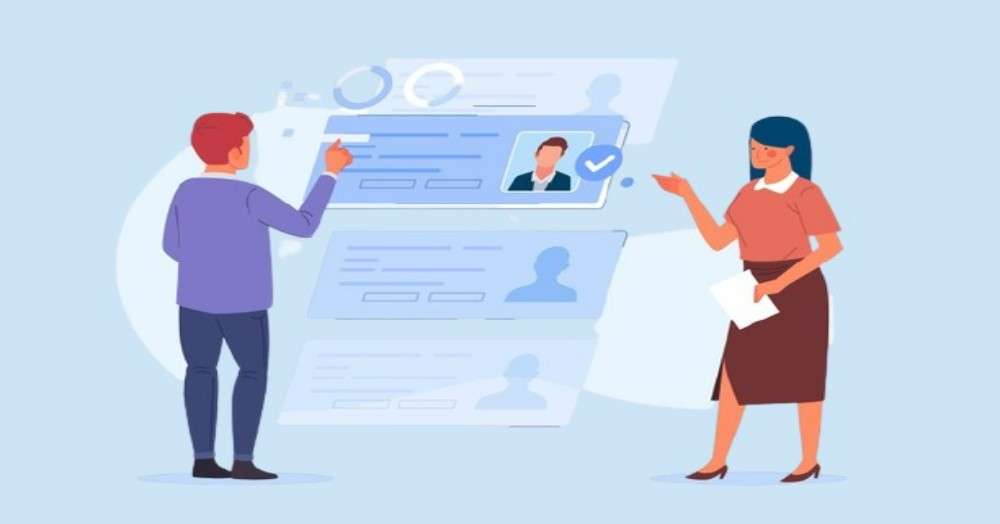
Choosing the right Customer Data Platform for your organization is key to realizing the potential business value it can provide. Following are the steps to choose the best CDP.
Bring stakeholders into the process – The CDP you choose is going to be working with data from different departments within your organization, so it’s important that everyone is on the same page. You need to bring internal stakeholders into the buying process before you decide which CDPs you’re going to evaluate.
Define use cases – Consolidating your data isn’t going to make you more data-driven; it’s just a step along the way. In order to choose the appropriate CDP, you should first define your use cases. Identifying three ideal use cases will help you decide which CDP is best for your organization.
Determine the tools needed – Identify what tools and functionality you’ll need to run your customer data platform (CDP). Make a list of all the tools that interact with your customer in one way or another. Double-check that you haven’t missed any important tools that will need to be connected.
Gather requirements – There’s more to a CDP than a way to consolidate data and solve your use cases. A CDP should help you get a solid understanding of each piece of data that you’re collecting. The pricing pages of each CDP are another good place to gather requirements.
Compare Vendors – Choose a few CDPs that fit your use cases, have the necessary integrations, and meet all of your requirements. Each CDP should have the right experience for the use cases you’re looking for.
Consider ROI – The final factor to consider is the ROI of the CDPs you’re evaluating. Your professionals will have to spend hours building and maintaining integrations for each tool if you don’t use a CDP. A good CDP should reduce the amount of time your professionals spend developing tool integrations.
Frequently asked questions about customer data platform
Who Uses a Customer Data Platform (CDP)?
A customer data platform is used by companies that generate huge traffic and also those who want to collect and segregate all kinds of data that a customer provides on the website. These data is then used to make decisions to provide customized services to customers onboard.
How much Does Customer Data Platform (CDP) Cost?
A Customer Data Platform can cost anywhere from $1 million to $50 million. While the price depends on the size of your business and its needs, it’s important to note that a CDP can play an important role in helping your business grow. For example, if you have a large customer base, a CDP may be more expensive to build. However, if you focus on developing data-driven marketing strategies or analytics for your customers, a CDP could be worth the investment.
How to build a customer data platform?
The first step in building a Customer Data Platform is deciding what type of data you want to collect. There are several types of data: personal, contact information, traffic data, and social media information. Once you’ve decided which type of data you want to collect, you need to decide how best to store this information. There are three primary options for storing customer data: MySQL, MongoDB, and Cassandra. MySQL is the most popular option because it’s easy to use and store large amounts of data; MongoDB is slower but more versatile; and Cassandra is faster but less versatile than other options but can be used for complex data sets. Once you have selected a storage method and initialized your CDP with the necessary configuration files, it’s time to start collecting customer data!
What is data platform strategy?
Our information stage administration gives a complete way to deal with acquainting cloud-based-stages with your computerized scene, with vital oversight down to Architecture and Design, survey, and the board.
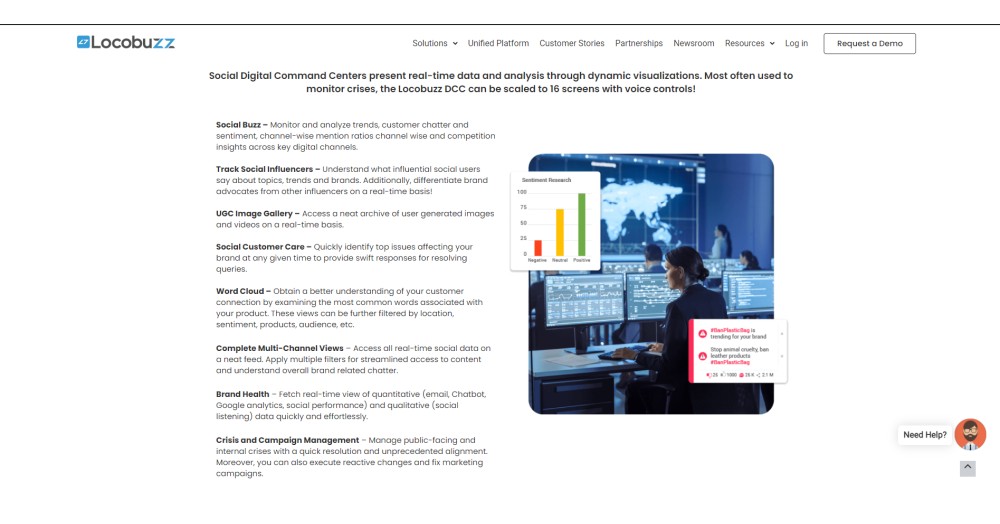
Conclusion
Choosing a CDP is a time-consuming process. You must ensure that you are doing your due diligence in order to find the best CDP for your specific use cases and requirements. Locobuzz, as a platform, will help you to extract more value from your data and gain a better understanding of your customers with the help of its various tools like social listening, social media management, brand monitoring, competitor analysis, etc. Locobuzz also provides omnichannel solutions for these problems. Omnichannel customer engagement is one of the reasons companies handle such a huge data. Furthermore, your professional team will thank you for reducing their workload because they will no longer have to spend time building and maintaining integrations with your tools.





